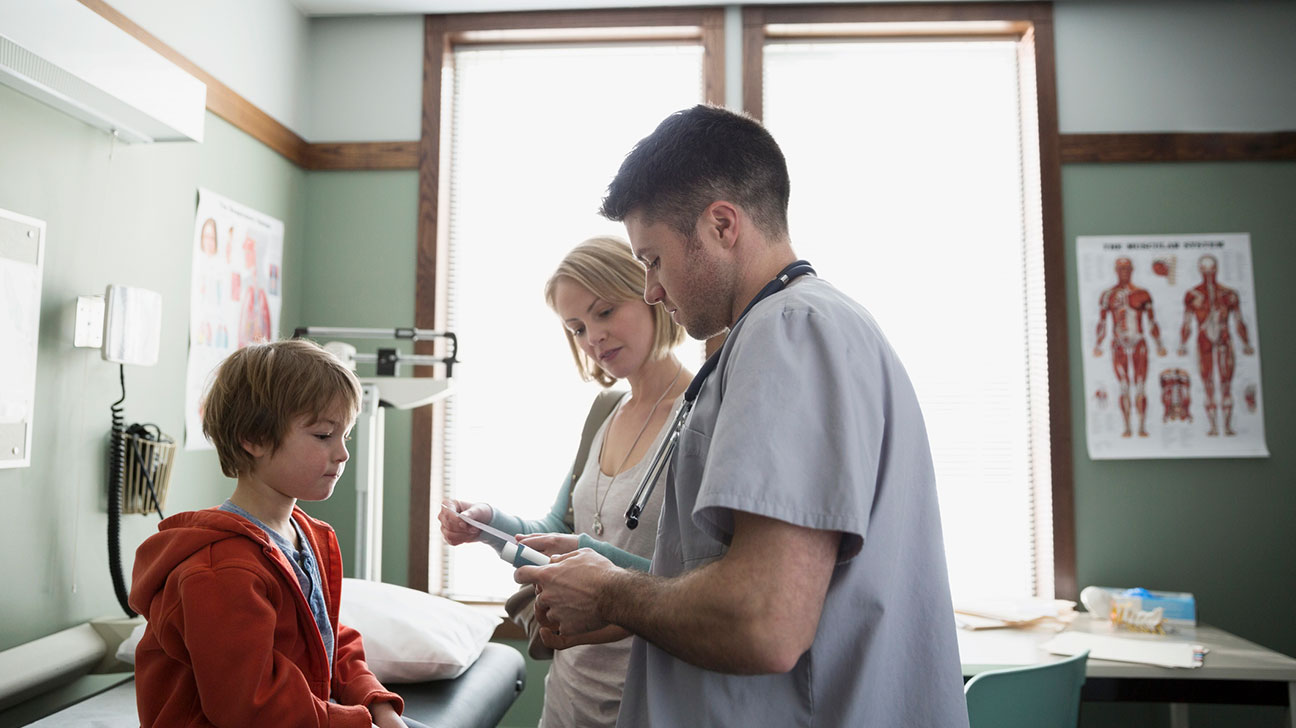Tricuspid Atresia accounts for 1-2% of all congenital heart diseases. 1 in every 5 children with this condition also experiences other heart and vessel issues. It is a comparatively rare condition where the tricuspid valve does not develop at all. This prevents oxygenated blood from flowing from the right atrium to the right ventricle.
Children with this defect also automatically develop an atrial septal defect and abnormal arterial connections. If your child has been diagnosed with tricuspid atresia or you wish to acquire some general knowledge, below are a few must know information for every parent.
Causes of Tricuspid Atresia
This mainly happens when the fetus heart grows early into pregnancy. A band of solid tissues is present between the right atrium and ventricle. This restricts healthy blood to flow through the ventricles and atrium into the lungs. This way, oxygenated and non-oxygenated blood gets mixed up. The main pulmonary artery is also smaller than usual and very less amount of blood passes through it. It results in a bluish tinge (cyanosis) in the baby’s skin.
Associated Complications of Tricuspid Atresia
Most infants with this condition have two holes namely atrial septal defect and ventricular septal defect. In the former, the hole is located between the left atrium and the right atrium. In the latter, the hole is between the right ventricle and left ventricle. The best pediatric cardiac surgeon in Hyderabad can combine medicines and surgery to cure the anomalies.
Diagnosis of Tricuspid Atresia
A prenatal ultrasound exam can diagnose tricuspid atresia. Symptoms can also be seen right after birth which can indicate towards the condition. Post this, a more detailed fetal echocardiogram offers better information to help plan the suitable treatment.
However, the best child cardiologist in India may also perform a few other exams. These are lab tests with blood and urine samples and pulse oximetry to check the oxygen levels in the blood. Chest X-ray, cardiac catheterization, echocardiogram and electrocardiogram (ECG) are performed initially before heading towards the treatment.
Telltale Signs of Tricuspid Atresia
The symptoms occur right after birth. The baby might sweat in every feeding session, show lesser hand and leg movements and could be unable to latch and feed. They also suffer from troubled breathing, cold body parts with slow weight gain and growth. Some children experience heart failure after birth; the symptoms of which include swelling in feet, legs and abdomen, fatigue and weakness. Infants with these conditions are critically ill and require immediate attention in the NICU.
Treatment of Tricuspid Atresia
The first line of treatment is usually a medicine called prostaglandin E1 to open the connection between aorta and pulmonary artery to enhance the blood flow to the lungs.
Besides medication, surgeries are also recommended by the best pediatric cardiac surgeon in Hyderabad. At age 2 weeks or less, Blalock-Taussing (BT) shunt is performed followed by Glenn procedure and Fontan procedure at 4-6 months and 1.5-3 years respectively. All the treatment procedures depend on the exact malfunction and the severity of the condition. The outcomes are usually positive with about 75-95% survival rates. However, in the later stages, lung or heart transplantation might be required.

